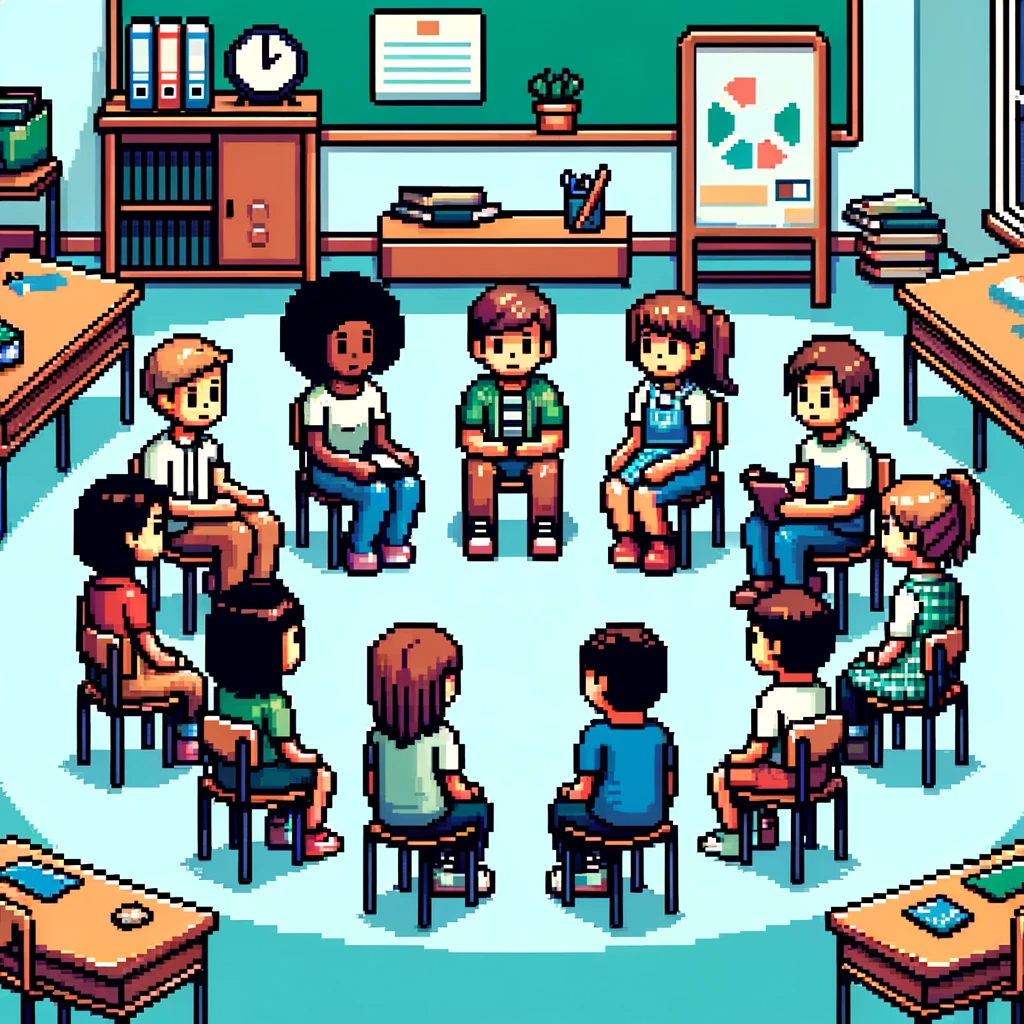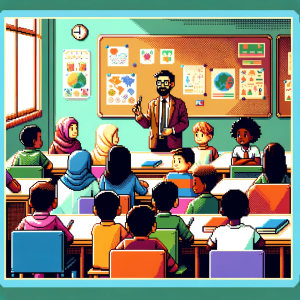
Restorative Practices in Schools: Understanding Costs, Benefits, and Implementation
Schools nationwide are reevaluating their disciplinary approaches, shifting from traditional punitive methods to more restorative practices. This transition is crucial in addressing the disproportionate impact of school discipline on Black students, a concern for educators, school psychologists, and those invested in school mental health. The article Restorative Practices: Using local evidence on costs and student outcomes to inform school district decisions about behavioral interventions offers valuable insights into this transformation. Let’s delve into what this means for our schools and students.
The Shift to Restorative Practices
The Need for Change
Traditional disciplinary actions, like suspensions, have long-term negative effects on students, such as decreased academic performance and increased dropout rates. Notably, these consequences disproportionately affect Black students, contributing to an alarming racial gap in education. Schools have started adopting Positive Behavioral Interventions and Supports (PBIS) as a preventive approach, but there’s still a need for more inclusive and effective strategies.
Introducing Restorative Practices
Enter Restorative Practices (RPs), a framework that aligns with PBIS. RPs focus on building community and managing conflicts through repairing harm and restoring relationships. The goal? To create a positive school environment where harmful behaviors are reduced and every student feels connected and respected.
Evaluating the Impact and Cost of Restorative Practices
The Study at a Glance
The study conducted in a large school district explored the effects of integrating RPs within the PBIS framework. The findings were eye-opening but mixed. While the implementation didn’t significantly impact most outcomes, it did show a reduction in suspensions among Black students over two years, hinting at the potential of RPs to address racial disparities in school discipline.
Cost Implications
Implementing RPs isn’t just about changing attitudes; it comes with financial considerations. The study revealed that the first-year cost per student was relatively low compared to other behavioral interventions. But it’s important to note that these costs are additional to the ongoing PBIS expenses.
Implications for School Psychologists and Mental Health Professionals
School psychologists play a pivotal role in this transition to RPs. They can help monitor the implementation, engage with students and staff to ensure a shift in the school’s disciplinary culture, and analyze data to track progress and address disparities. Their involvement is crucial in making RPs a successful and integral part of the school’s ethos.
Challenges and Recommendations
Consistency and Commitment
The study highlighted the inconsistency in the implementation of RPs. For RPs to be truly effective, schools must commit to them wholeheartedly and consistently. This involves regular training, support, and a willingness to adapt and learn.
The Need for Further Research
While the study sheds light on the potential benefits of RPs, more research is needed. Future studies should look into the long-term impacts of RPs on student outcomes and explore how these practices can be implemented more effectively and equitably.
A Holistic Approach
Schools should not view RPs as a standalone solution. They should be part of a broader strategy that includes academic support, mental health services, and community engagement. This holistic approach can lead to a more inclusive, supportive, and effective school environment.
Conclusion
Transitioning to Restorative Practices is a positive step towards building fair and supportive school environments. Although it presents challenges, the potential advantages – especially in tackling racial imbalances in school discipline – make it a valuable undertaking. To implement Restorative Practices, it is crucial to commit not just resources, but also a cultural shift towards a more compassionate, understanding, and restorative approach to student behavior.


